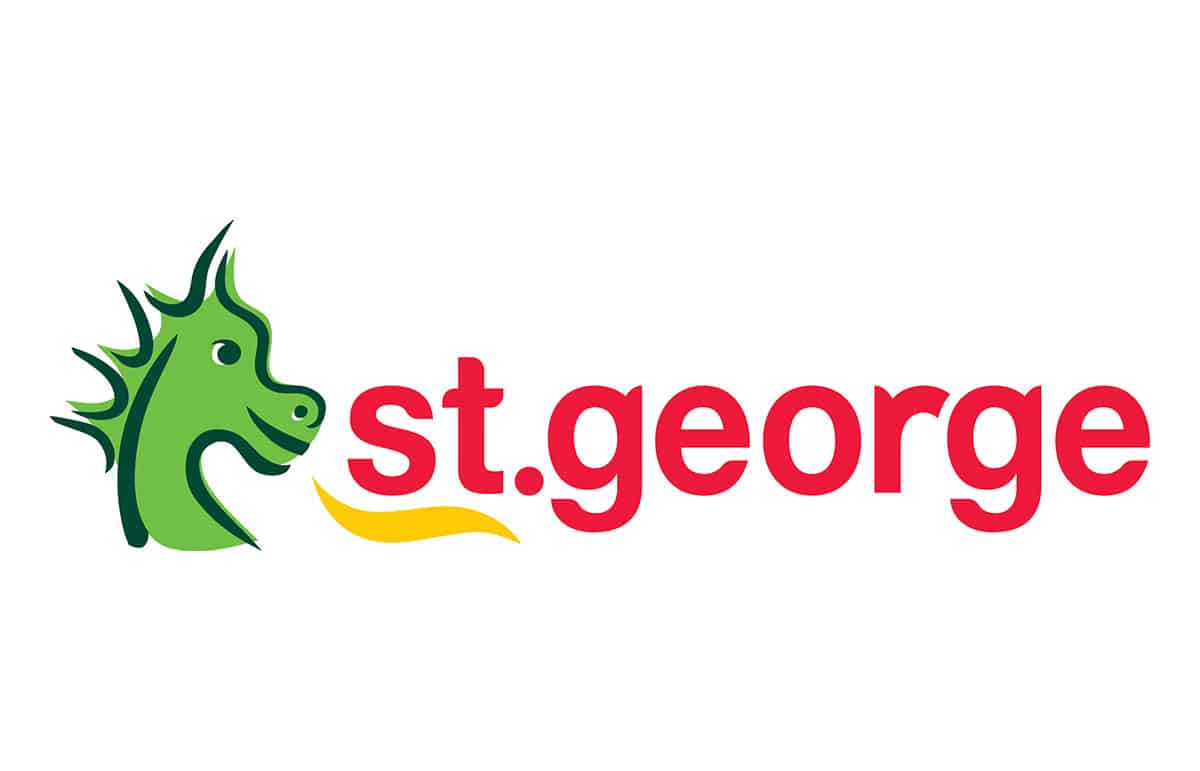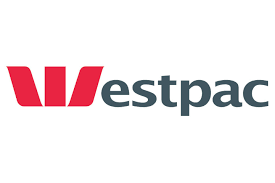There are many different types of debit cards available in Australia today. Some of the most popular are:
Standard bank-issued debit cards
A standard plastic debit card is issued by either Visa or Mastercard and is linked to an everyday bank account. It allows you to draw on the funds in your bank account in various ways, including:
- withdrawing cash from an ATM
- paying for goods or services using EFTPOS terminals
- shopping online
- using any card-based swipe and pay terminals, such as those found on public transport to pay for tram, bus or train tickets, or at petrol stations to pre-pay for fuel
You can only authorise payments on your card up to the limit of the funds you have in your linked bank account. If you try to spend more than you have, your transaction will be declined due to a lack of funds (unless your account has an overdraft facility). These are the best type of debit card for most people in Australia, as they offer a versatile, fee-free payment solution. You can compare a wide range of debit card offers right here with Savvy today to help you make an informed decision on which is best for you.
Prepaid debit cards
Unlike a standard debit card, which is linked to a bank account, a prepaid debit card can be loaded up with cash which can then be spent in the same way as any other debit card. When the card runs out of funds, it can be recharged or topped up either online or at a post office. There are many different types of prepaid debit cards, ranging from those issued at post offices to cards issued online by card providers themselves (such as Mastercard and Visa) and other non-bank companies.
As there may be recharge fees to top up a prepaid debit card, as well as membership fees charged by certain providers, such cards are more expensive to use than normal debit cards. However, they can be useful for children or anyone else who doesn’t have a bank account.
Travel or international debit cards
There are also debit cards you can use overseas far more cost-effectively than standard debit cards. These cards are issued through banks or non-bank financial institutions specifically for use when travelling. They often allow you to store multiple currencies in the linked bank account, so you can pre-load your travel card with funds at a time when exchange rates are beneficial.
Once overseas, you can choose which currency to pay in and, in some cases, no overseas transaction fees will be charged. This won't always be the case, though, as some international transaction fees are up to 3%. In addition, if you use an ATM overseas which isn’t affiliated with your bank, you could be charged international ATM fees of up to $5 or more per withdrawal. Many travel debit cards also allow you to use ATMs overseas free of charge, as well as contactless tap-and-go payment systems in multiple countries.
Virtual debit cards
Virtual debit cards are debit cards that are stored in a digital wallet, such as Apple Pay or Google Wallet. These are a new digital version of your debit card, which means you can use your phone just like a debit card to pay for goods and services at EFTPOS machines. Linking your debit card to your phone means you no longer have to carry the actual plastic card around with you, which may be more convenient for some people. The card itself is functionally the same as any physical card.





